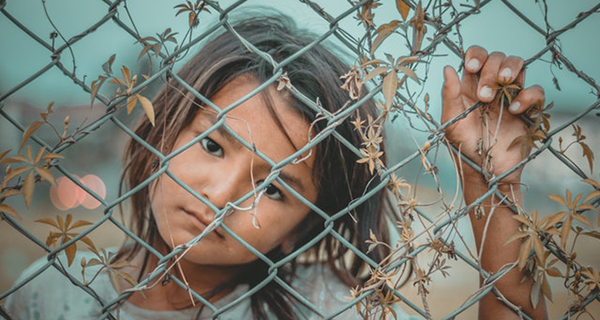 When we carefully examine fear, we can see that it’s mostly irrational. Legitimate fear is a good thing, however, because it pushes us to eliminate actual dangers to our well-being.
When we carefully examine fear, we can see that it’s mostly irrational. Legitimate fear is a good thing, however, because it pushes us to eliminate actual dangers to our well-being.
During the Cold War, the threat of a nuclear Armageddon was very real. Many of us took up the task of changing global conditions by choosing to see the people on the other side of the Iron Curtain as our neighbours. The world ultimately changed for the better.
It’s similarly inspiring today to see the determination of young people around the world to reduce the threat of climate crisis. There’s no reason to doubt the positive impact their efforts will have in assuring the survival of our planet, as long as we take heed.
The fear of a global pandemic is often sensationalized in the media, especially in movies and television dramas. But the threat is actually very real. We’ve seen it many times in history, from the Black Death in the 14th century, to the smallpox pandemic in the Americas after the arrival of Europeans, to the global influenza pandemic of 1918, and the list goes on.
We’re very fortunate today that advances in science have given us a much better understanding of disease, including the treatment and prevention. Other global changes, however, have actually created avenues for pandemics to occur. This isn’t fear mongering, it’s an honest analysis of our situation.
The good news is that just like nuclear non-proliferation and solving the climate crisis, the solution is in our collective hands.
Due to the ease of air travel, the world has figuratively grown smaller. A disease that’s a factor in any part of the world is a threat to us all. The idea that you can build walls and create quarantines is ridiculous.
It’s necessary to take precautions but the most effective solution is to prevent the growth of diseases in at-risk populations.
Where are epidemics and pandemics likely to gain a foothold?
In places where health conditions are poor and people’s immune systems are compromised. In places where sanitation is poor and people live in poverty.
The worst conditions tend to exist in regions where people are fleeing military conflict. Refugee camps have large numbers of people living in a small space with few resources.
Groups like the United Nations and the Red Cross/Red Crescent do their best to serve these people. They’re quite adept at setting up and running camps, but they’re often strapped for resources, especially as the number of people in the camps swells and the weather turns poor. These locations then become breeding grounds of disease, and all it takes is an aid worker or diplomat returning home to spread a virus.
Understanding the problem and the risk, the first step in the solution becomes clear. We need to ensure that international organizations running refugee camps have all the resources they need.
This makes the second step more obvious, though the follow-through is much more challenging. We need to reduce the number of refugees by minimizing the incidence of armed conflict around the world. This won’t be achieved by greater military spending. It will be achieved by more effective development projects.
It’s clearly a complex and long-term endeavour, but it’s possible.
It may seem that greater security at our borders and airports will save us. In reality, the effectiveness of increased security is limited.
When we treat those people fleeing conflict zones with the dignity everyone deserves, the likelihood of a pandemic is almost eliminated and our fears are greatly alleviated.
When we create conditions where all people can thrive no matter where they live, life becomes better and safer for all of us.
Troy Media columnist Gerry Chidiac is an award-winning high school teacher specializing in languages, genocide studies and work with at-risk students.
The views, opinions and positions expressed by columnists and contributors are the author’s alone. They do not inherently or expressly reflect the views, opinions and/or positions of our publication.

